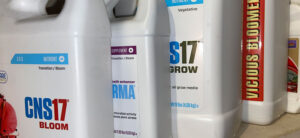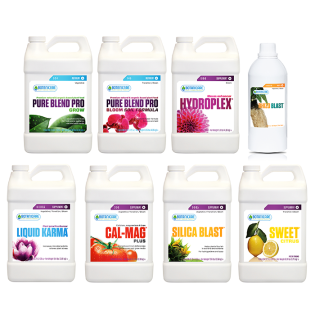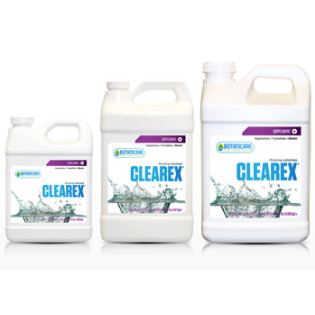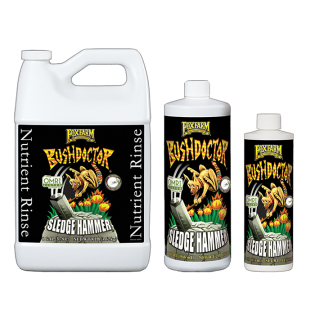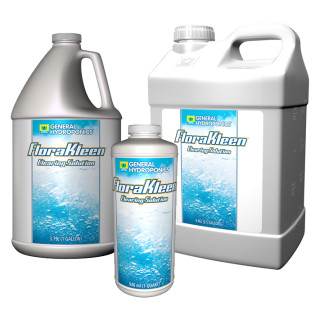
Plant nutrient toxicity is one of the common beginner grower mistakes.
It comes from one of two things - either feeding too much, or feeding improper ratios which results in a singular nutrient toxicity - such as Nitrogen.
There are some serious problems that can arise from overfeeding. From stunted growth to weird irregularities, this is something you should obviously seek to avoid.
But, sometimes you can seem to do everything right and still struggle with it. In fact, we were growing some plants recently and encountered toxicity.
In the rest of this article, we'll cover everything you need to know about plant nutrient toxicity, including how to diagnose and rectify it.
What is plant nutrient toxicity?
When one nutrient is present in large excess, it conflicts with absorption process of other essential nutrients.
Thus, plants cannot access that essential nutrient or a group of essential nutrients because the excess nutrient or the toxic substance blocks the roots.
What are the effects of nutrient deficiency in plants?
Symptoms caused by nutrient deficiencies are generally grouped into five categories:
- 1) stunted growth
- 2) chlorosis
- 3) interveinal chlorosis,
- 4) purplish-red coloring
- 5) necrosis
Stunting is a common symptom for many deficient nutrients due to their varied roles in the plant.
Identifying nutrient burns or nitrogen toxicity
A common mistake new growers make is overfeeding their plants. Preventing nutrient deficiencies without producing a nutrient burn from overfeeding will take practice and careful monitoring.
While a nutrient and pH doser can help with precise administration of nutrients, many growers still feed by hand. We were able to quickly fix our nitrogen toxicity due to quick identification, noticing tell-tale signs such as:
- Dark, shiny leaves
- The “claw”, or curling up of leaves into a talon shape
- Weak stems, stunted growth
- Yellowing of leaves if not treated quickly
We began noticing our fan leaves were curling up, and turning darker and shiny.
We also saw signs of a nutrient lockout, which is a condition where plants are unable to absorb nutrients in the root zone.
Improper nutrient dosing (such as too much nitrogen) can cause this, and will lead to plants being deprived of other essential nutrients.
This can cause deficiencies on top of the toxicity we were already experiencing.
Luckily, we noticed this early and were able to take immediate steps to rectify the problem.
How to fix nitrogen toxicity or other nutrient burns
Addressing the affected plants quickly is important, and we began flushing the medium the next day.
Flushing is the practice of feeding the plants pure water, and essentially removing all excess nutrients in the growing medium.
This allows the plants to recover from the toxicity, and use up the remaining nutrients in the system.
Most growers prefer using a flushing agent, which is a specially formulated mix of pure water and other chemicals which result in a more effective flush.
We used pure water, after making sure the pH was neutral using a pH meter.
After flushing for five days, we saw the plants return to a healthy state, and began feeding them the regular nutrient schedule again.
Check out our complete guide on flushing your plants for a more detailed look at how we recommend you go about this.
Preventing Nutrient Toxicity
Prevention will always be the best medicine, and thus we encourage growers to always use a TDS, PPM, and EC meter to precisely mix their nutrient solution, ensuring optimal N/P/K levels.
Carefully follow the dosing instructions of your fertilizer, and with careful monitoring you should be able to avoid this issue.
If it does arise, be sure to quickly begin flushing the medium, and once the plants look healthy, begin reintroducing nutrients at ¾ strength at first.





